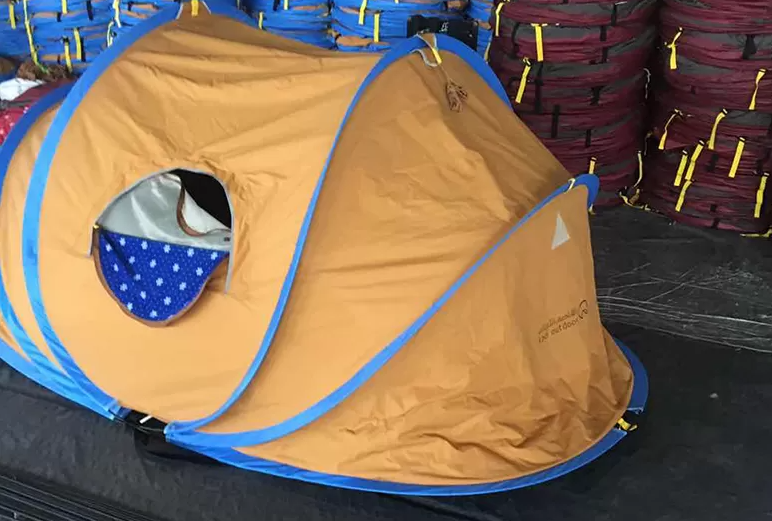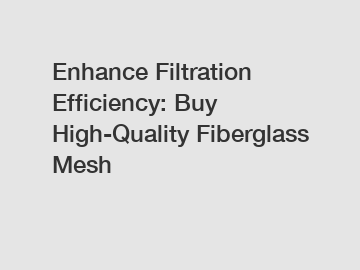How to Repair Tent Poles: A Comprehensive Guide
When you're out enjoying the great outdoors, few things are as frustrating as a damaged tent pole. Whether it's a bend, a crack, or a complete break, a damaged tent pole can put a damper on your camping trip. However, with the right knowledge and a few simple tools, you can learn how to repair tent poles and keep your camping adventures on track. In this guide, we'll walk you through the steps to fix your tent poles and address common questions about this essential outdoor skill.
Understanding Tent Poles
Tent poles are the structural framework of your tent, providing support and shape to the fabric. They are typically made from materials like aluminum, fiberglass, or carbon fiber. Understanding the construction of your tent poles is essential for effective repairs.
Common Tent Pole Issues
Before you can start repairing your tent poles, you need to identify the issue. Here are some common problems you might encounter:
1. Bends: Tent poles can become bent, affecting their structural integrity and the tent's shape.
2. Cracks: Small cracks may develop in the poles, weakening them over time.
3. Breaks: In severe cases, a tent pole can break into two or more pieces.
Tools and Materials
Here are the tools and materials you'll need for most tent pole repairs:
1. Replacement Sections: If a pole section is beyond repair, you may need replacement sections, which are often available from the tent manufacturer.
2. Splint or Sleeve: These are used to reinforce a damaged section of a pole.
3. Epoxy: An epoxy adhesive can be used to bond and repair cracked or broken poles.
4. Duct Tape or Tenacious Tape: These can serve as temporary fixes for minor issues while in the field.
Repairing Bends and Cracks
For bends and cracks, you can use the following steps:
1. Identify the Damage: Locate the bent or cracked section of the pole.
2. Straighten the Bend: For bends, gently bend the pole in the opposite direction to straighten it. Be careful not to overdo it and cause more damage.
Related links:How much Himalayan salt per bath?
Unveiling the Leading Wire Mesh Provider
Which Fiberglass Filtration Mesh offers the best value for money?"or"What are the advantages of purchasing Fiberglass Filtration Mesh?
Unveiling the Versatility of Rolled Corrugated Metal: 5 Must-Know Uses!
What are the advantages of buying rolled corrugated metal for your B2B construction projects?
Which Innovative Techniques Can Transform Bead Blasting Roughness into a Smooth Canvas?
Revolutionize Water Well Drillpipe: Boost Efficiency, Extend Lifespan & Reduce Costs!
3. Apply Epoxy: For cracks, apply epoxy to the damaged area, ensuring it's well-covered. Let it dry according to the epoxy's instructions.
Repairing Breaks
For broken tent poles, follow these steps:
1. Gather the Pieces: Collect all broken segments of the pole.
2. Insert a Splint: Place a splint or sleeve over the broken area, ensuring it overlaps both sides of the break.
3. Secure with Epoxy: Apply epoxy around the sleeve and onto the pole to create a strong bond. Let it dry thoroughly.
FAQs About Tent Pole Repair
Here are some common questions about tent pole repair:
Q1: Can I repair a bent tent pole in the field?
A1: Yes, you can temporarily straighten a bent pole in the field, but it's best to reinforce it with a splint and epoxy for a more permanent fix.
Q2: What if I can't find replacement sections for my poles?
A2: You may need to contact the tent manufacturer or consider using splints or sleeves to reinforce the damaged sections.
Q3: Can I prevent tent pole damage?
A3: Yes, you can prevent damage by taking care when setting up and taking down your tent, avoiding excessive force, and being mindful of the pole's condition.
Repairing tent poles is a valuable outdoor skill that can save your camping trip from being cut short. By following these steps and being prepared with the right tools, you can keep your tent standing strong, no matter what challenges Mother Nature throws your way.
Ultimate Guide: Boost Efficiency with Magnetic Chamfer Strips for Steel Projects
Tungsten Carbide Button: A Game-Changer for High-Speed Precision Machining?
Do stainless steel screens rust?
What is the use of hot rolled steel wire rod?
Unlocking the Magnetic Potential: Cylinder Neodymium Magnet
What is N80 tubing?
Is razor wire the same as concertina wire?












